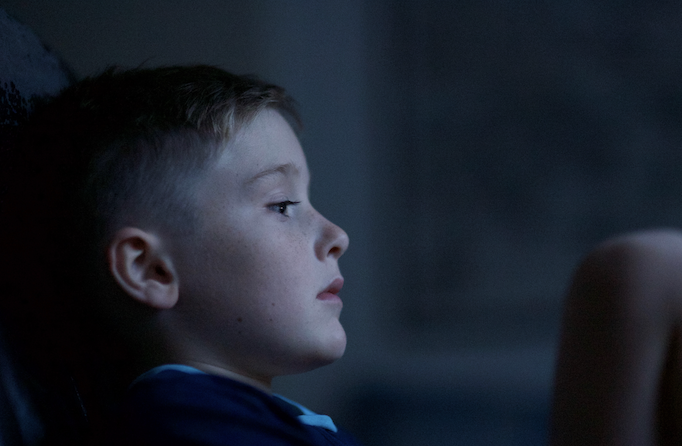The World Health Organization has determined that 1 in 4 people will be affected by a mental illness at some point in their lives. In developed countries like the United States, mental health is in a national spotlight and resources are being dedicated to improving the lives of its people.
But what does mental health look like in the rest of the world? What countries are addressing mental health, and how does poverty affect a person’s mental health?
A look at mental health around the world
Mental health problems threaten quality of life at a large scale. Globally, depression is one of the leading causes of disability, and suicide is the fourth leading cause of death among 15-29 year olds. (source)
And while many countries like Australia and the US are enacting measures to address mental health issues, there is still a global stigma that leads people to experience obstacles getting the help they need to thrive.
Here’s a look at what mental health looks like in just a few countries:
- In the United States, stigma and social structures around a fast paced, competitive lifestyle lead people to suffer without taking time for rest or treatment. However, recent studies linking mental disorders with heart disease, burnout, ability to handle stress, and other long term physical health effects have begun to encourage change. Younger generations are creating systems to improve mental health and pushing their communities and employers to do the same. source
- Australia has adopted proactive and robust systems to address mental health. They push for community-based care and invest significant resources in their National Mental Health Strategy. As a result, Australia’s number of inpatient mental illness cases has dropped to nearly nothing. Source
- In lower income countries like Brazil and India, mental illness runs rampant and resources for treatment or prevention are some of the lowest in the world. According to the International journal of Mental Health Systems, “the number of psychiatrists in the Northeast region has less than 1 psychiatrist per 100,00 inhabitants.” This is 1/22 the US rate.

How poverty affects mental health
Those living in low and middle-income countries have the least mental health resources, but also have the most stressors, including violence, poverty and political instability. These factors usually go hand-in-hand and can be detrimental to one’s well being. Poverty both causes and is exacerbated by mental health conditions. Those living in poverty experience exceptional levels of stress, live in a state of survival, and lack the resources to meet their basic needs or seek out mental health resources.
However, these communities are in the most desperate need of mental health care. Experiencing poverty is linked to increased anxiety, depression, psychological distress, and suicide rates. The stress of poverty threatens psychological development, creating obstacles for poverty alleviation throughout one’s life.
Ultimately, the mental health effects of poverty create systemic, multigenerational cycles that leave individuals unable to escape poverty and poor health conditions.
Poverty hits children the worst
- More than 90% of adolescent suicides are among those living in low and middle-income suicides (source)
- Mental health conditions account for 16 percent of the global burden of disease and injury in children aged 10–19 years.(source)
- Childhood behavioral disorders are the second leading cause of disease burden in children aged 10–14 years.(source)

Mental health and poverty have the most devastating effects during childhood and adolescence in three distinct ways.
1. Children in poverty experience trauma from abuse, sexual assault, forced labor, parental abandonment/death etc. at the highest rates of any other group. Additionally, lack of food security, stable housing, and other basic needs stunt children’s emotional, psychological, and social development.
Children growing up in poverty remain in a constant state of “survival mode” which functions as an automatic or unconscious way of dealing with any threat or challenge to his or her well-being. It results in changing core brain functions which have a long-term impact on overall well-being, risk-taking behaviors and cognitive functions. Left unaddressed, this trauma can lead to depression, addictions, and even suicide. Children in poverty desperately need access to trauma and grief counseling resources so they can heal and thrive.
2. Mental health care gives children a sense of dignity, autonomy, and confidence. People in poverty often suffer from a lack of choices or feeling like they have the power to make a difference in changing their situation, and counseling can help children find a path towards healing and developing the self confidence to complete their education, find work, and follow a sustainable path out of poverty. Mental health care changes families and communities for generations.
3. Counseling can improve child protection rates. When a mental health professional is involved with a child, they can see common warning signs for abuse and violence that may otherwise go unnoticed or ignored by the community. Trained professionals intervene and advocate for children, protecting them from experiencing physical abuse, child labor, sex trafficking, and more.
Mental health is a human issue, no matter where you live on the map. You can support mental health efforts and care for the lives of vulnerable children by providing counseling sessions for children in need of professional care. Learn more and partner today at hopechest.org/emotional-health.





